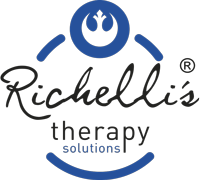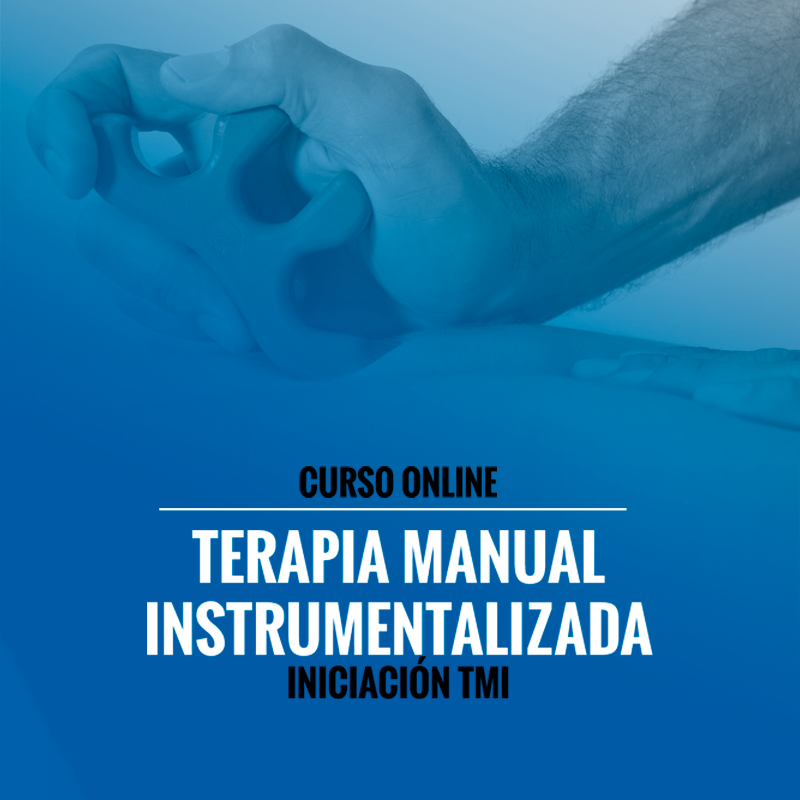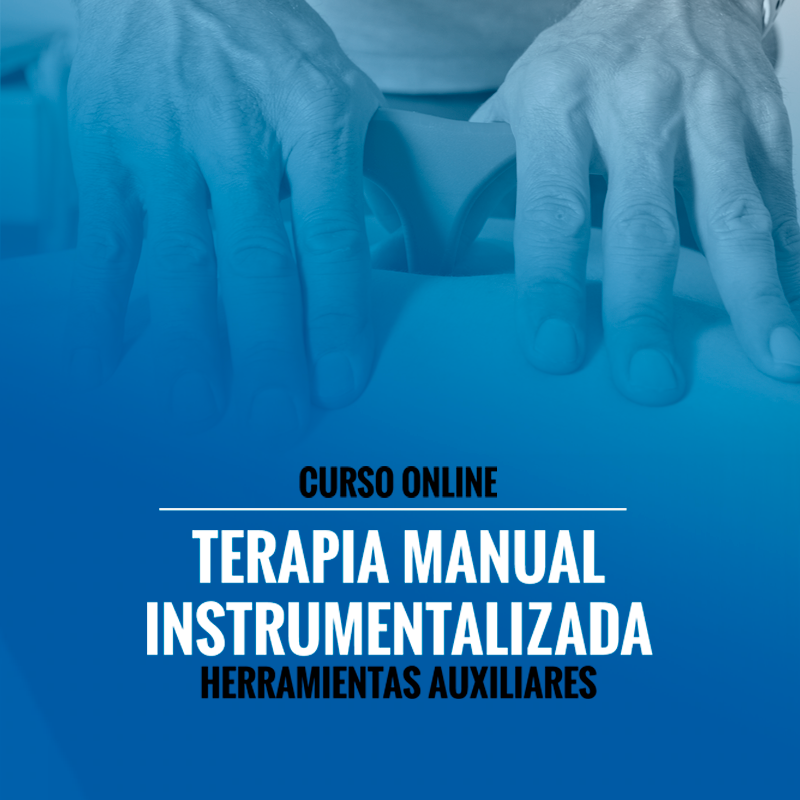Nowadays science is not conceived without evidence in therapies. For this reason, therapists must apply only therapies that are evidenced.
We will see that the evidence is not able to affirm that a multiple treatment or therapeutic methodology applied to a patient, such as those made in clinics, is effective (under the premises of the evidence that is requested).
It serves as an example that some medications alone are not effective and only the correct combination, according to the patient’s condition, makes them determinants and effective. Possibly with the results of a study, of the unique efficacy of a medication, we would not have positive results and we would choose to discard that medication.
This is due to the complexity of evaluating all possible variables of the therapist’s intervention. For this reason it can never be affirmed that a method or therapy composed of multiple techniques is effective if we continue to use the standards of evidence that have been imposing us.
This has produced that there is currently no complex therapeutic method such as osteopathy, muscle chains, Pold method and all other methods that can demonstrate its validity. At the most isolated maneuvers of the method and in certain situations but not the multiple combination with others, as usually occurs in a real patient treatment.
This has created a sterile defamation debate and contempt for many current methods and hinders the appearance of new ones.
In this way, what the evidence affirms for a maneuver, compared with what is done clinically, is very much. Where multiple maneuvers are used to treat the patient and whose combination has no more evidence than the therapist’s clinical experience.
Thus we will have a base that is 2 that is equivalent to yes/no and a power that is the number of maneuvers. In this way we can see that the more variables we get the most difficult it is to know what the keys to improvement have been.
A single maneuver or the combination of all?
2 5 = A treatment with 5 maneuvers/variables = 32 possible combinations that are already too many to be valued in a study.
Let’s look at the progression according to maneuvers/variables:
26 = 64
27 = 128
28 = 256
29 = 512
21 0 = 1024
Who does not make more than 10 changes in their therapies? Speed, depth, direction, time, techniques, combined with physical agents, exercise etc. ?
In this way it is super easy to reach more than 10 variations with a result of 1024 possible results that is impossible to assess.
Thus I can confirm that no therapist can affirm that what he does is endorsed by the evidence unless he only treats one or two maneuvers such as those that can be read in the scientific publications.
So that we legitates to treat patients and how can we value our work? I propose that we use clinical inference as the basis of the study to get to understand the validity of multiple treatment or methodology.
Clinical inference is the process by which conclusions are derived from premises, hypotheses or data initially known.
After checking the results, adjustments are made until the best possible result is achieved. This is what we do in Clinic.
We know the unit effects of evidence therapies (effect of an infrared applied for 5 minutes in a twin at a distance and power x) but then we combine many evidence and seek to order the sequence and application parameters to adjust them to our patient.
We follow a logical thought and evaluate the results to seek a possible improvement in the methodology and adjust the best to the state of our patient.
Thus, clinical inference, applied to the study of the validity of the therapies, should be based on prior knowledge (with evidence of better individual techniques, but also with clinical experience since there are many parameters that are not yet known to measure live) combined with the clinical experience, of the combination of techniques, of the creator of the methodology or therapeutic proposal following a deductive logic that can be contrasted with the improvement of the patient.
Clinical inference premises should be the following.
1. The diagnostic method:
Treatment should be based on the most accurate diagnosis possible. You should always consider the whole body and systems to assess the relevance and interference of single/multiple lesions and single/multiple triggers.
The entire biomechanics of the body should be studied and not only of the affected part. The same accounts for the rest of the systems.
Low back pain due to herniated disc is not the same as referred visceral pain.
Both may have mechanical low back pain, but the therapeutic approach will be very different and generally the exclusion criteria do not clearly specify how the diagnosis was reached in studies of scientific evidence.
Social/environmental/cultural factors should also be included, which are important variables to mention to contextualize in which scenario the clinical inference was carried out.
2. Short and long term goals.
The therapeutic method must clarify in the short and long term what the objectives will be. In this way the deviations are evident and the pertinent adjustments can be made in the treatment.
3. The hierarchy of treatment:
The therapeutic approach should clarify how the clinical and subjective findings of the patient are classified within the context of the patient. (For this there must be clear alternatives of priorities according to the scenarios).
The method must determine as clearly as possible which steps must be followed, how the intervention is verified and justify the suitability and necessity of the following maneuvers after the application of each maneuver or technique.
4. The selection of technique:
The therapeutic methodology must clarify the suitability of the selected technique and its application parameters according to the most common scenarios that the patient may present.
5. The progression and frequency of treatment:
The method must specify in detail the possible progressions within a treatment and the periodicity depending on the parameters applied. This is compared to short-term and long-term goals and the appropriateness of treatment is determined.
6. Therapeutic exercise or complementary/simultaneous therapies:
The methodology must determine which are the needs that the treatment does not cover and the actions necessary to fill those deficiencies. Thus, the specific physical exercise for the lesion and the multidisciplinary collaboration necessary for a clinical picture is essential that it be related to the work methodology.
7. The methodology must be replicable:
Different therapists must be able to reach the same conclusions, treatment proposal and results in the same patient with the same diagnosis and methodology. This will be a great proof of the validity, apart from the improvement of the results history, for the same type of pathology.
For all these points, logical reasoning will be used to minimize errors as much as possible. The objective of clinical inference is to minimize the error knowing that in all treatment we will have some uncertainty. There is no certainty within the complexity of therapy. Only the confidence of being as close



